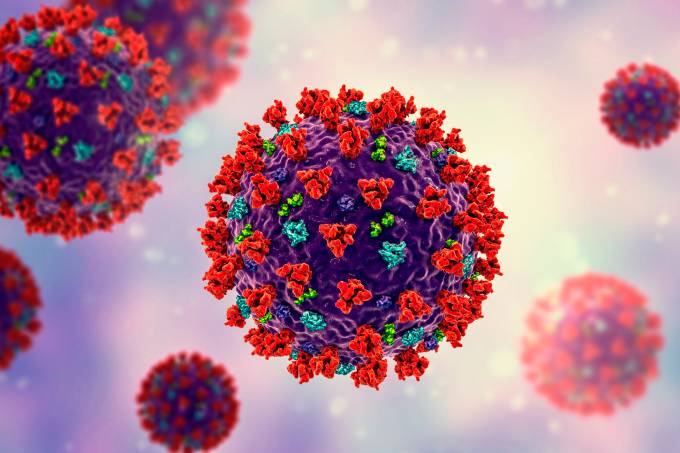Protocol Detail


EPISTAXIS
Epistaxis also called acute hemorrhage or nose bleed is a medical condition in which bleeding occurs from the nasal cavity of the nostril. Nose bleed can occur due to a trauma to the nose, due to accident, or injury to the interior of the nose from pricking.
Diagnosis
Generally occur further posteriorly with increasing age.
Suspect posterior bleed if anterior source not identified, bleeding bilaterally, bleeding continues into
pharynx when nares pinched.
Can be life threatening. NEVER UNDERSETIMATE A NOSEBLEED.
Protect yourself from the inevitable mess!
Management
1. ABC’s resuscitation & monitoring as indicated,
2. IV access,
3. FBC, U&E’s, Coagulation profile if significant bleeding,
4. Try local pressure 10-20 minutes,
5. Need good lightining, suction & assistance to view bleeding site,
6. Clear the nares- with sucker or get patient to blow nose,
7. Anaesthetize with Co-phenylcaine spray,
8. If a slow bleeding spot is seen anteriorly Silver Nitrate cautery sticks can be used but
there is a tendency to rebleed,
9. Insert expanding foam pack (Merocel) or balloon catheter (Epistat),
10. For posterior bleeds that continue after appropriate packing try bilateral packing
followed by packing with Foley catheters & gauze,
11. If you successfully stop the bleeding observe in the ED for hour. If no further bleeding,
observation stable & path if patient tests are normal then discharge,
12. LMO F/U for removal of packs in 1-2 days,
13. Advise avoidance of strenuous activity, dry/cold environments, caffeine, alcohole, nose
blowing/picking, bending over & straining for the next week,
14. Admission advisable if:
· Elderly,
· Coagulopathy present,
· Posterior Foley packs,
· Desaturating on room air,
· Cardiovascular compromise.









